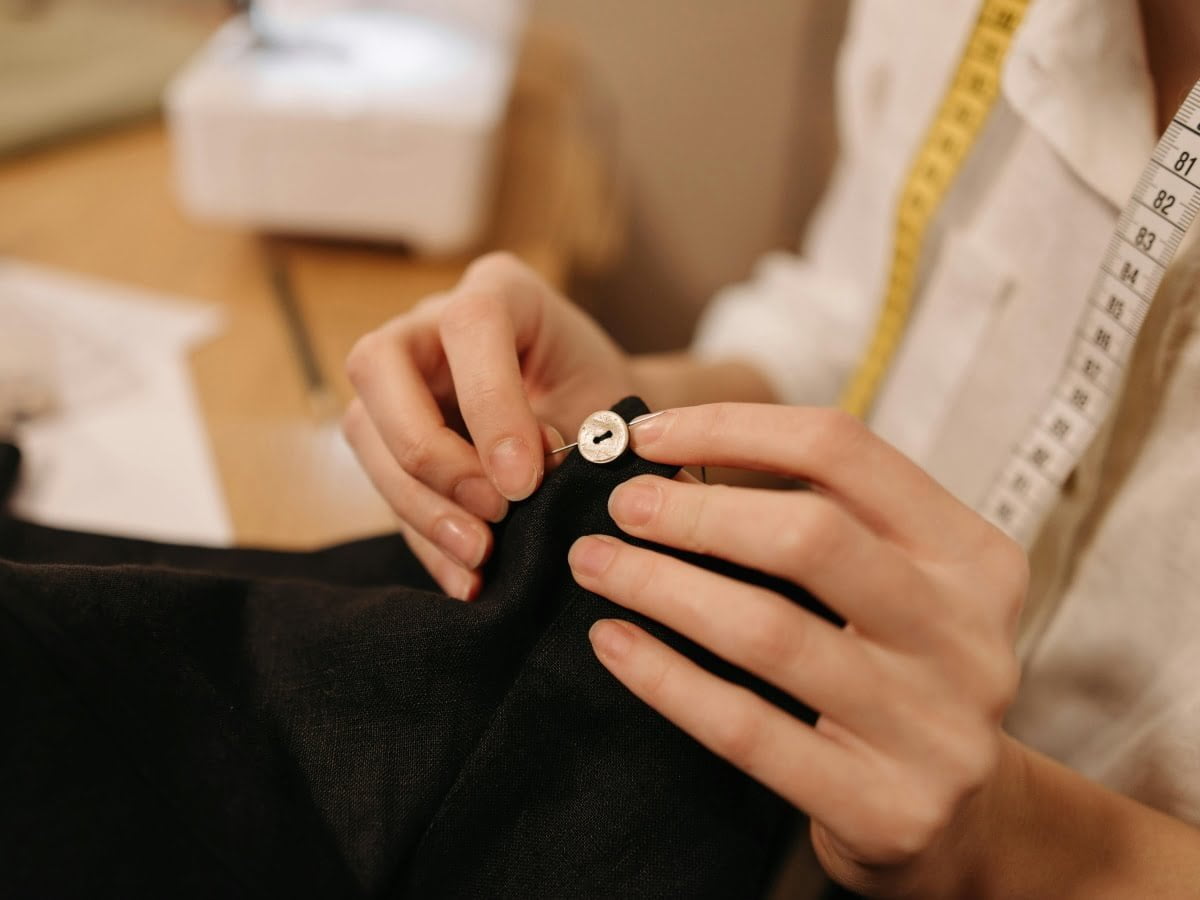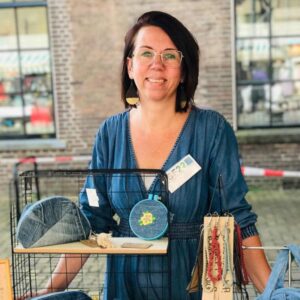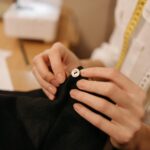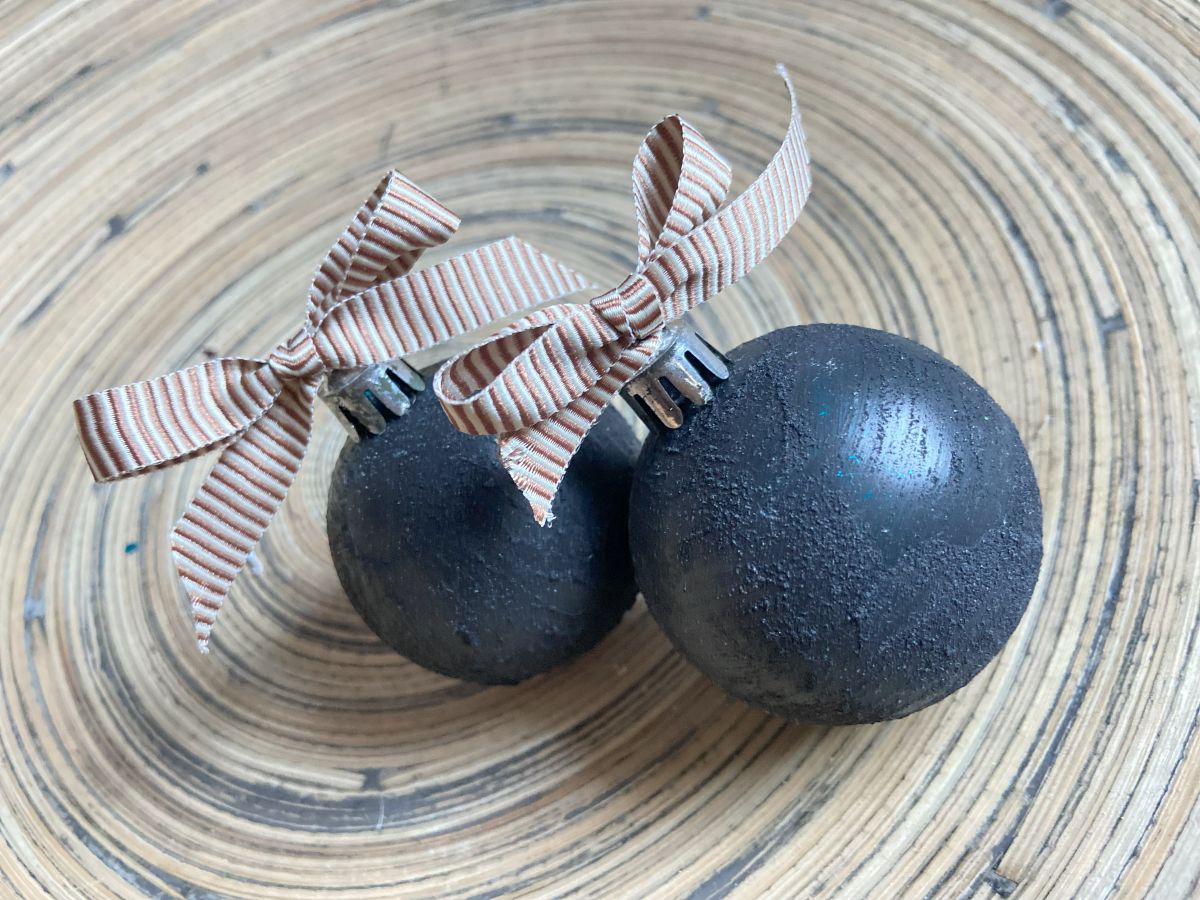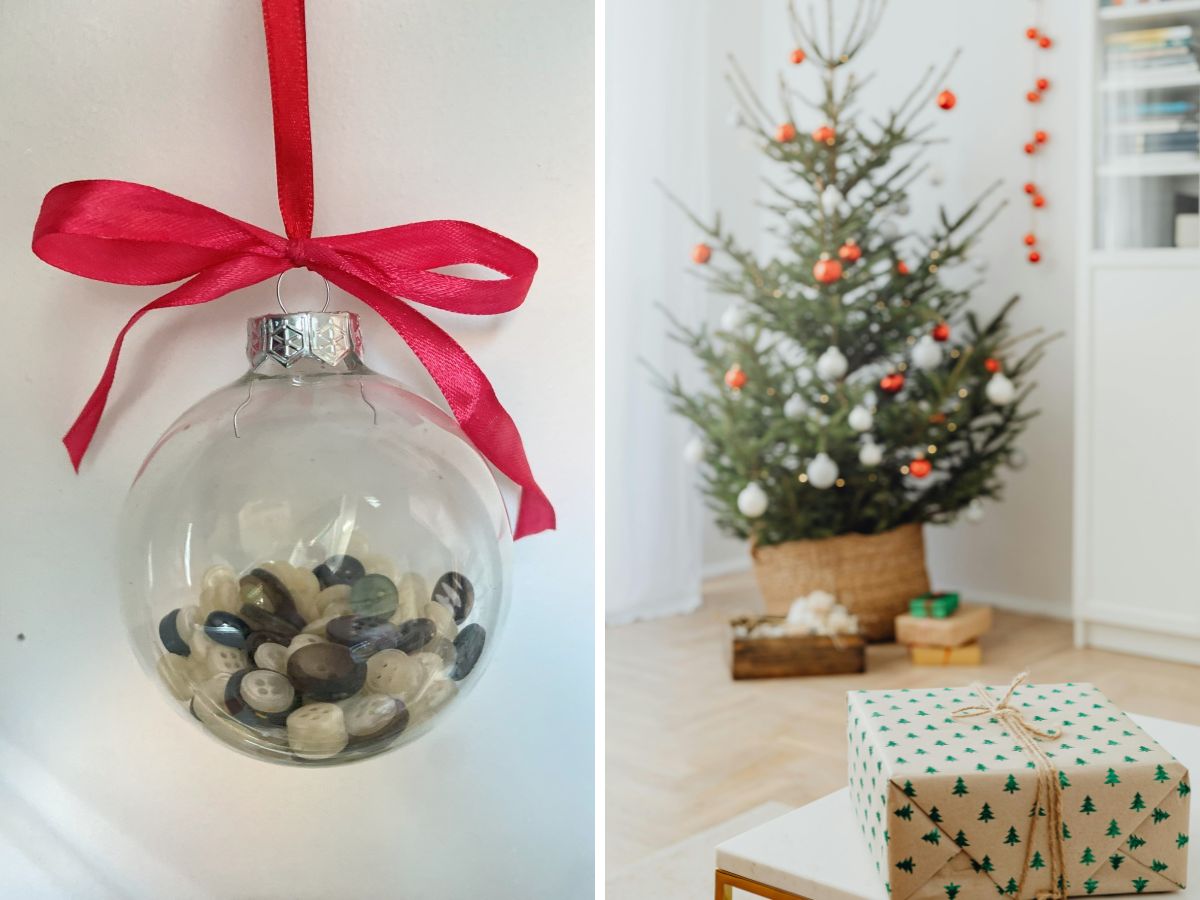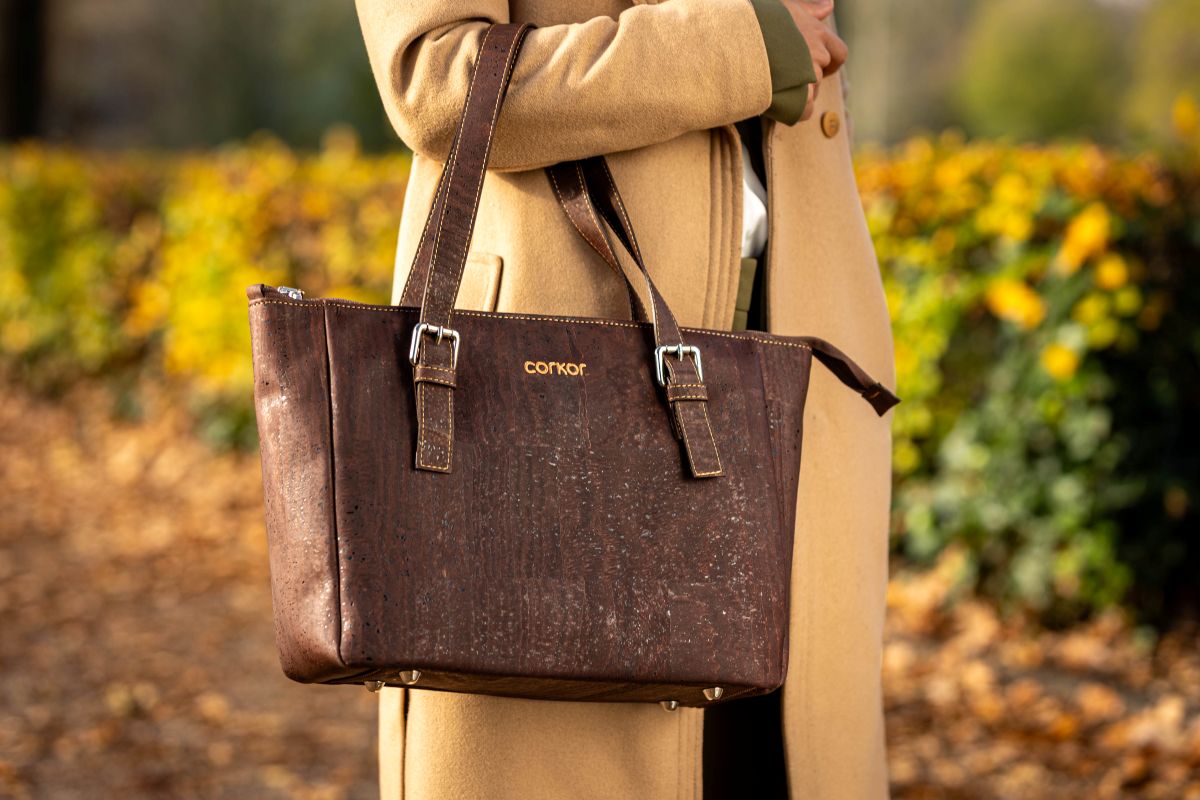When you sew a button on a pair of trousers or vest, do you know what you are doing? Honestly: at thegreenlist.nl we are not all equally handy with needle and thread. The exception to the rule is our do-it-yourself expert Melanie. And so she shares how you can do the most common minor clothing repairs yourself from now on. This time, she gets to work for us on a DIY button sewing.
Sewing on your button: a small clothing repair you can do yourself!
Repairing your own clothes is not only better for the planet, it also makes you a richer person yourself. You save a beloved item of clothing - because why did it break? It must have come óbecause you loved wearing it so much and you literally save yourself money, because that trip to the shop or tailor is no longer necessary. You fix it yourself for another round of wearing pleasure. So put on a nice podcast or playlist (tips for this we also have) and get to work on small repair jobs. This time we are going to work on sewing on a button. Anyone can do this!
Help, your knot is off
You've probably dealt with it before: a button slipping off your trousers, a jacket or a vest. Even if you are no repair talent, chances are you can still sew a button on. But will you do it properly? With this simple guide, you will be able to get that button on tightly and professionally from now on.
Sin! Far too many broken clothes in the wardrobe
A survey by UK textile organisation WRAP has found that 30% of people have garments hanging in their wardrobes that they no longer wear, simply because they need repair. Bummer! In France, the government is going to help people. Here, you get (up to) 25 euros discount on repairs (and pay an extra tax for a fast fashion purchase) in the hope that it will encourage people to repair clothes more often. In the Netherlands, we have to make do with initiatives such as United Repair Center, mended.eu (send in your repairs and get it returned fixed) or the local tailor - which we absolutely welcome, but more is always better.
Source: wrap.org.uk & change.inc & volkskrant.nl


Putting a match between your button and your trousers prevents the button from being too close to your trousers and making it difficult to get it through your buttonhole.
Button it up properly (!)
Tools
- button
- iron thread*
- needle
- match or toothpick
- scissors
Instructions
- Fold your thread in half (tip for extra strength) and pull the loop in the middle through the eye of the needle. This is often easier than putting the two ends through the needle. Pull the loop further so that the loop becomes your long piece and the two loose ends are the shorter piece.
- Attach the thread by inserting your needle through the fabric at the back, leaving a small loop. Thread your needle through that. This way your thread is securely attached and you won't have any loose ends.
- Now insert your needle and thread to the front. Stick through your knot and back through the other hole and through the fabric. Don't pull very firmly yet.
- Now insert a match or toothpick between your button and your fabric. This will prevent you from sewing the button too close to the fabric and making it almost impossible to get it through your buttonhole.
- Then sew the knot in place; your match will stay put. I often go back and forth about four times.
- Finish at the back, remove the match and now insert the needle to the front one more time. Now you won't go through the buttonhole. Make sure you get between the button and the fabric with your needle and now twist your thread around your button about six times (i.e. between the fabric and the button). Then insert the needle back to the back and stitch your thread.
Notes
A handy instructional video to watch this technique:
Get started with a no buy clothing style
Repairing clothes is great, but what do we do with all those other garments lying unused in the back of the closet? We get you started with the No Buy Fashion Guide. Over a hundred pages of cool ideas on how to look nice without even buying anything. Nothing. Nope. Nada. Not even second-hand! For 9.50 euros you will have it delivered straight to your inbox and thus on your tablet or mobile phone!
Will you also join this fun community? Read this guide too and discover lots of original ideas. Because so many cool clothes are already out there! Order the No Buy Fashion Guide from our webshop!
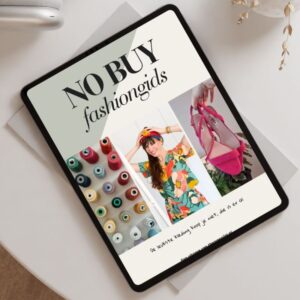
More sustainable DIY tips from thegreenlist.nl
- Do you have trousers that are too wide? We'll show you three ways To take in trousers that are too wide.
- Did you know that at the Karwei repair studio can go to have furniture or appliances repaired?
- Are your headphones broken and beyond repair? With the circular and modular headphones from Repeat this won't happen to you again.
- Also at the durable outdoor brand Vaude they offer a repair service.
Photo credits: main image: Pavel Danilyuk (Pexels), button with match: Melanie de Oliveira, button sewing: Cristian Rojas (Pexels).

